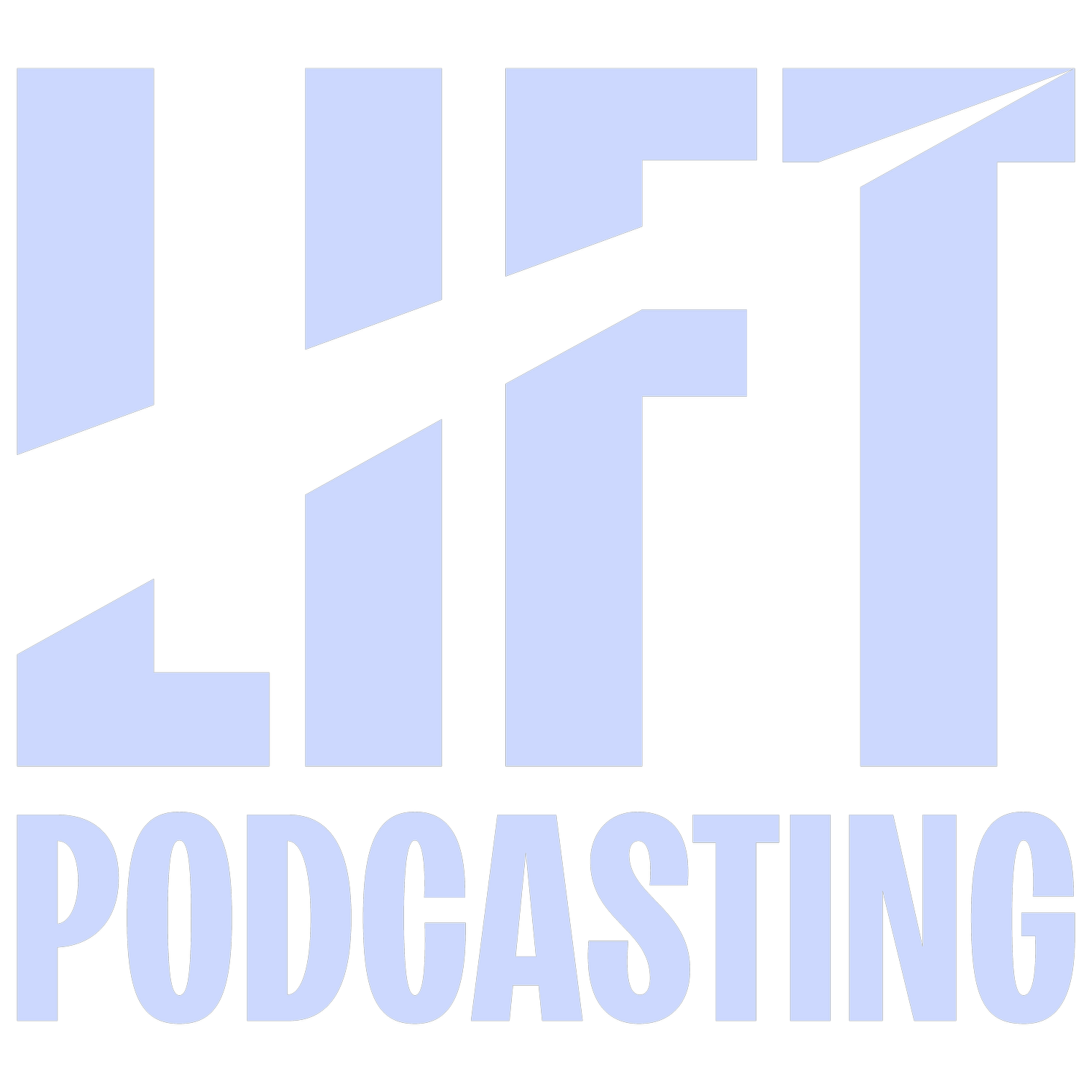How to Export Your Podcast
It’s Edited. Now What?
It’s time to export your edited podcast, but there are so many options to choose from. Let's talk about the best way to export your podcast so you know exactly which options to select next time you export an episode.
It seems simple enough, but when you go to export an audio file, you're given a bunch of options. Mono versus stereo? MP3 versus WAV versus AAC? Sample rate? Bit depth? So which options do you choose?
The goal is to export your file as small as possible while still maintaining the level of audio quality that you want. Not all podcasts are the same, but these recommendations will work for most podcasts that are conversational. If you're creating a podcast with a bunch of sound design, you might need to adjust accordingly. Again, the goal is the smallest file size, highest audio quality.
First, let's talk about mono versus stereo.
You can think about these options in relation to your headphones. If an audio file is in mono, the same sound will be coming out of both the right and left speaker. If an audio file is in stereo, the right and left speaker will have different sounds coming out of each side. For most podcasts, we recommend exporting your file in mono. If your podcast is conversational, it doesn't require stereo and it will cut your audio file size in half. If your podcast has a lot of sound design though, you'll likely want it to be in stereo, you have more control over where the sound is coming from. For example, you can make it sound like a character is walking across the room by panning footstep sounds from the right to left speaker.
Next, which file type works best?
The most common types of audio files that you'll come across are MP3, AAC (which you'll see indicated by .m4a), and WAV files. What you choose depends on what file type your podcast host accepts. But in general, we would recommend MP3. Spotify only accepts MP3 files. So it's the one that works for all of the podcast players.
Lastly, let's talk about sample rate and bit depth.
These two things measure your audio's resolution. Think about it like the resolution of a photo. A photo with low resolution is less detailed and can look blurry. A photo with high resolution is detailed and clear.
When applied to a sound wave sample rate is the resolution of the frequency of a wave. So picture a wave going up and down. Sample Rate is how often a sample of that wave is taken. If you look at the wave less often you get a general idea what it looks like. But if you look at it more frequently, you get a detailed picture of the wav. For the purposes of a podcast, the best option is a sample rate of 44.1 kilohertz.
The bit depth is the resolution of the waves amplitude, the height of the wave. The higher the bit depth, the more detailed picture of the wave you get. Because you're looking at the wave at more points. You'll likely get to choose between 16-, 24-, and 32-bit. 24-bit is great for podcasting.
As the sample rate and bit depth get higher, we gain a more detailed picture of the sound wave.



